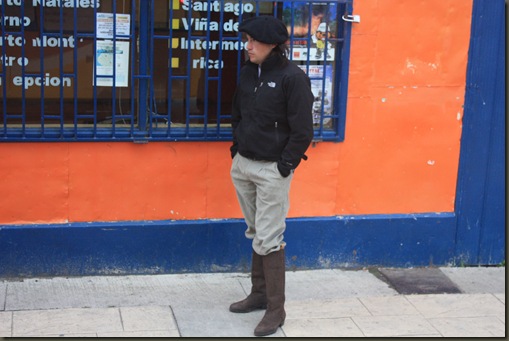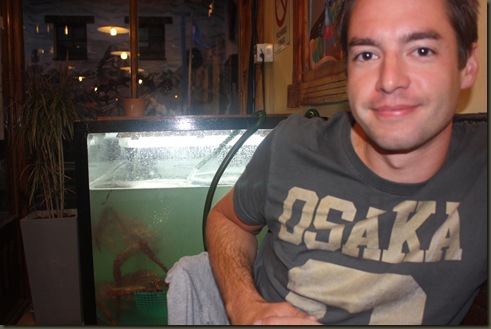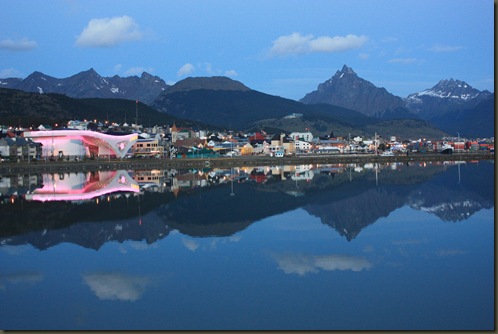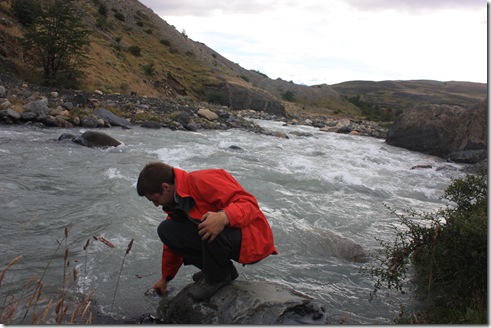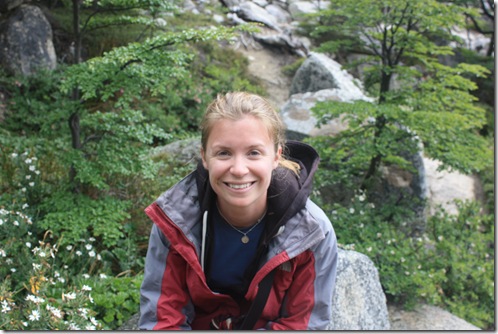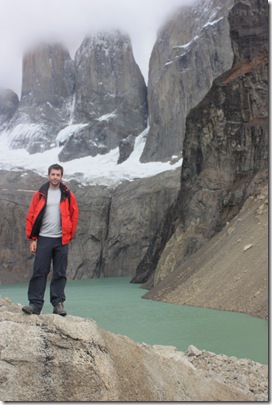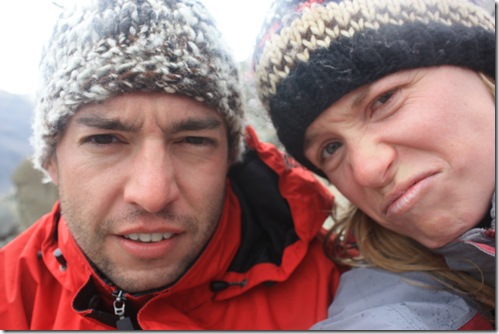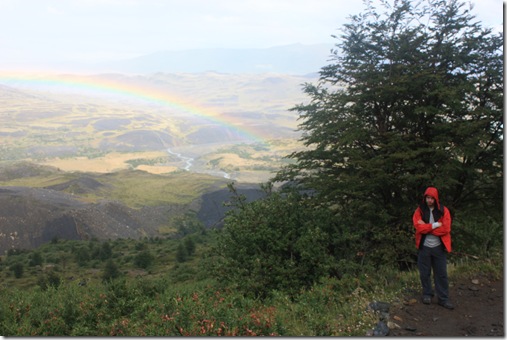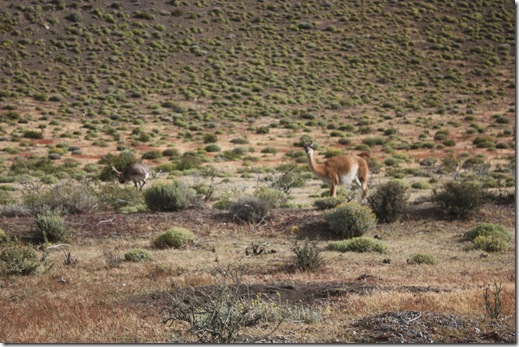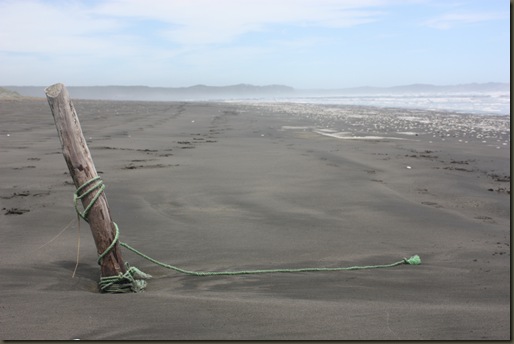I adored the bus journey from Puerto Natales, Chile to Ushuaia, Argentina for many reasons. Firstly, because there was a modern day gaucho on our first bus, attired in gaucho boots and gaucho hat with North Face accessories. Secondly, because this bus drove for two hours into a dusty wilderness where another bus was waiting for us, our bags were thrown from one hold to the other, we were thrown from one bus to another and off we went. Thirdly, because this next bus was almost empty and we were able to stretch out and have our pick of seats. Fourthly, because we stopped at a ramshackle estancia which inside, looked like something out of 50s America, and served fantastic cherry pie. And fifthly (I will stop soon because you must be getting bored), the scenery was amazing. I could have stared out of that window for much longer than 7 hours. I had Karen Carpenter and Mick Jagger (quite a mix) singing to me as the scenery changed around me. The views of Patagonia were remote and endless, but as we travelled further south, the landscape closed in on us, until for the last few hours we were bound on all sides by towering mountains. It was stunning.
Modern-day Gaucho sporting a North Face shell jacket
As an aside, I would encourage anyone travelling in Patagonia to move between places by bus. The views, the feeling of isolation and the comprehension of distances are fantastic by road.
Ushuaiua was not what I was expecting at all. In my head (and for no real reason) I thought it was going to be dreary and grey. Perhaps that is how I envisage the end of the world to be? However, when we arrived the sun was shining and a pretty bay stretched out in front of us. We walked alongside the bay to get to our Bed and Breakfast, which was a homely place in which we had to take our shoes off before we went upstairs.
That evening we walked into town looking to eat the local specialty for dinner; King Crab. We found a popular restaurant (Freddy’s) and Christian sat next to a tank of King Crabs whilst we both ate one of their brothers or sisters.
Christian with a crustacean friend
The next day we walked up hill until we came to the ski lift and restaurant. Although it was out of season the chair lift was still running and the restaurant served us a tasty lunch that we ate outside in the sun. Rather than skiing, another activity was available, and we both opted to do zip-wiring through the trees. It was fun being tarzan for an hour or so. Afterwards we hiked up the rocky piste and kept climbing until we reached the glaciar. Although the glaciar is very small (and seemingly insignificant) compared to the others we had seen (in New Zealand and Patagonia), the views of Ushuaia were terrific and we were able to walk onto the glaciar safely.
Someone had carved a slide into the glaciar’s snow and while our can of Coke Zero was chilling in the ice, we took turns at sliding down it on our bottoms. It was so much fun! Probably the most fun I had had on a glaciar. When we were well and truly wet through we sat on rocks looking out at the view and drinking our glaciar-chilled can of coke. Bliss
Slipping and sliding down the glaciar
Wet bottoms but happy
Walking down the mountain, dry bottoms!
We then took the chairlift down the mountain and strolled home, before enjoying a pizza and sushi dinner. It had been our last full day in the deep south of Argentina and it had been so much fun. I took a walk around the bay at sun down to get some photos, they will remind me of how much I liked Ushuaia.
Reflecting on Ushuaia
The next day we had breakfast with the other guests at our B and B, and walked with our new friend Hadrien into town. We found the ubiquitous sign that you HAVE to have your photo taken next to, and then we got soaked as the rain pelted down. It was then time to get to the airport for our flight to Buenos Aires.
I felt a little sad leaving Ushuaia, it marked the end of our journey in Patagonia. It had been such an adventure and a place more remote than I had ever encountered before. The landscapes are so immense that they make you feel tiny, and really help put things into perspective. Patagonia had been my favourite part of the trip so far.
And so on we went, from empty Patagonia to populous Buenos Aires, where among other people I would be meeting dad again. Adios Ushuaia, I hope one day to make it to the end of the world (fin del mundo) again.
I went to the end of the world with Christian
